The afternoon safari on the 10th September (Friday) was broadcast in 3D … (as well as 2D). This was another world-first!! So for those of you that were watching the safari you were a part of history in the making … the very first time that a safari was broadcast in LIVE 3D!! :)
As many of you know, it has been a huge effort, by quite a few people, to make this dream a reality. I thought that I would briefly tell you about some of the key steps that had to be taken and some of the hurdles that we had to overcome.
There are three main areas where pioneering work was required: the 3D rig on the safari vehicle, the Master Control and the video player on the Internet.
Well the decision to start building a LIVE 3D safari broadcast was taken some months ago, and for a while the work all centered around the safari vehicle. Safari.tv had done a 3D test with a rented side-by-side rig, which is simply a plate on which two video cameras are mounted next to each other. This had allowed us to film a few shots in 3D and start getting an understanding for the geometry and what it all means. Some of these ‘shots’ were loaded up on the WildEarth YouTube channel. However, the big challenge with the rig was to be able to zoom in and out all the while maintaining the 3D effect in such a way that it does not cause headaches or discomfort.
Basically the inter-ocular distance (gap between cameras) and the convergence (toe in of cameras) have to be automatically adjusted based on an algorithm. So Russell Bowden, and his team at 3Drigs.com, built us a motion controlled mirror rig. This rig had to have some elements that are quite unique to our circumstances. We wanted the smallest possible rig, that could withstand 6 hours of bumping and beating on an open 4×4 in the dust and heat of the African bush. We wanted the right ‘eye’ (right camera) fixed and facing up vertically, so that the mirror could be tilted towards the ground so that glare and reflections would be reduced. The motion control had to be of a super high standard so that very rapid adjustments of the camera geometry could reliably happen while broadcasting LIVE. We chose High Definition industrial block cameras from Sony, because they had integrated lenses and are totally programable and can be controlled externally using the Sony control protocol. The whole system is controlled by an on-board touch screen computer, the software for which was started by the 3Drigs team, but eventually perfected and finished by Alex Voz at safari.tv. The software that controls the rig is ultimately the heart, and brains, of the system. It is this software which ensures that you get to see the scene in 3D without causing discomfort, all the way from a wide shot with the presenter in the foreground to a zoomed in shot of the leopards head. There is still quite a lot of perfecting and tweaking required in this software, but it is in very safe hands … Alex’s.

Then the two video feeds (from the two ‘eyes’) need to be converted into SDI, the right ‘eye’ needs to be flipped and flopped (vertical and horizontal flip), they need to be recorded, converged and ‘squashed’ into a side-by-side frame compatible feed, which looks like this …
Then the video feed needs to be encoded, modulated and transmitted. This part we already new all about thankfully. The video is then received in the Final Control at safari.tv and re-encoded and streamed from Djuma in South Africa to the WildEarth Master Control in Dublin, Ireland.
This Master Control has been built by Peter Braat (the WE technical director, partner and shareholder). It is an entirely ‘cloud based’ master control, and possibly one of the first ever built. What that means is that it is built completely in the ‘cloud’ … the Internet. There are no people sitting in front of rows of screens controlling what gets sent to our channel clients and viewers on TV, the Internet or iPhones … it’s all written in code and lives on the Internet.
I think it is a pretty impressive system that he has built. The MC (as WE have started calling it) ingests the video from safari.tv at 6 Mbps, which is a very very high bit rate to transport around the globe and has taken an inordinate amount of effort from a whole bunch of other people, but I will let Pete tell that story another time. The MC then archives the stream at full resolution, and plays out the LIVE stream if our schedule (managed by Emily remotely) has us in a LIVE safari time slot. The MC will playout archived safaris to the TV clients if the LIVE safari is not being broadcast. Of course on the Internet WE do not play out non live shows into our LIVE streams.
The MC also transrates the 3D stream down to 1 Mbps for our connected TV partners like ZooVision and LiveStation, down to 500 Kbps for our 3D viewers on the Internet and 150 Kbps for our iPhone viewers watching with their Cinemizers. The MC also does what WE call ‘splitting and stretching’, which is basically splitting off the right ‘eye’, from the side-by-side stereo video, and the stretching that ‘eye’ back to normal frame size. This process creates our 2D feed, which is then transrated to 1 Mbps, 500 Kbps and 150 Kbps for those viewers that either can’t or don’t want to watch in 3D.
All of these functions are executed in real time and in parallel … making it a pretty ‘busy’ Master Control and a pretty size-able achievement.
The next big challenge was being able to convert side-by-side ‘frame compatible’ stereo video into anaglyph for our Internet viewers. Once again there was nothing ‘off the shelf’ that WE could use, but thankfully YouTube had already pioneered an anaglyph 3D player so WE had something to copy … and most importantly we knew it was possible.

WE turned to our new partners at PixelProject and in particular the Flash guru Preston Thomas, who immediately got to work on building a Flash video player from the ground up, that would be able to not only render anaglyph video, but also was ready for Adaptive Streaming (subject of a future Blog) and integrated our new ad serving solution and provided far more real time info about the stream. After a few weeks of hard coding WE had our first look at the PixelPlayer … version 1.0 is now LIVE on our new site. Basically the player splits the side-by-side stereo video in half (left ‘eye’ and right ‘eye’), then it stretches each eye back to full frame, and colors each frame with a different tint, depending on what the viewer has chosen. So you could select red/green or cyan/magenta or whatever color combination that the glasses that you have need, just like the YouTube player. Then the player overlays these two video feeds in just the right way to make sure that the 3D effect will work on your computer screen. Again this is part science part art, and WE are all very happy with the result that Preston and his team achieved.
So overall it may seem fairly simple but behind the scenes an incredible amount of pioneering work has been going on. I know that some of you have been frustrated by our technical problems, and have said things like ‘walk before you run’ or that ‘3D is a waste of time’, or had fears that some how WE were going to only focus on 3D and no longer provide 2D, but all of this is not the case. It is really important that WE pioneer this new format for LIVE safaris, not only because it will provide people with an even more immersive experience, but also because it sells!!
As many of you know, the advertising revenue that WE receive on the Internet barely covers the bandwidth costs from our video servers to your computers, let alone all the other costs required to run WE and safari.tv and produce this content. However, if WE could distribute our channel on TV then WE could access sufficient revenue to make our businesses viable … and 3D is highly in demand in the TV world right now. :)
WE are very proud and excited to say that WE have concluded several long term license deals for our 3DTV channel and 3D safaris. (I will write a Blog about these new partners soon). These license deals have secured WildEarth’s and safari.tv’s futures and mean that you can expect us to carry on broadcasting, improving and pioneering in the world of LIVE wildlife broadcasting for some years yet.
Thank you all for your support and patience over the past few months. There have been plenty of problems and hurdles that have caused our broadcasts to be less than optimal. There are still a few teething problems, but I expect that within the coming few days a few weeks all of this issues will go away, or at least reduce dramatically.
Written by Graham Wallington



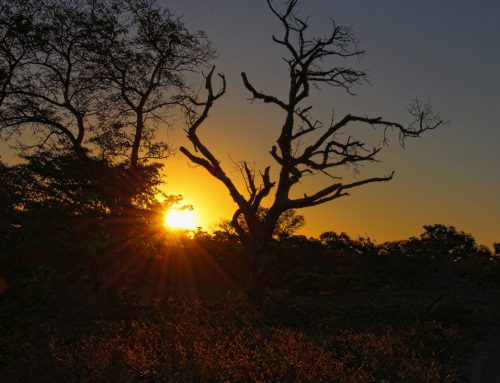
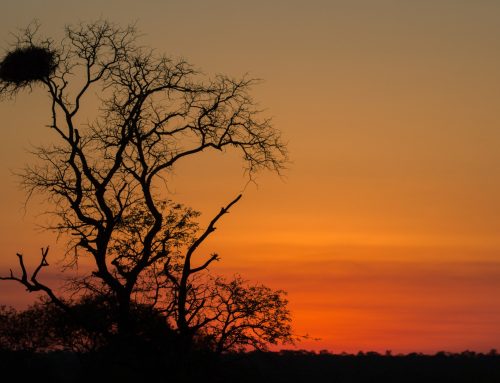
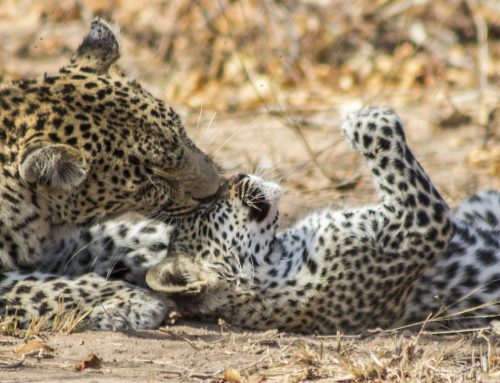
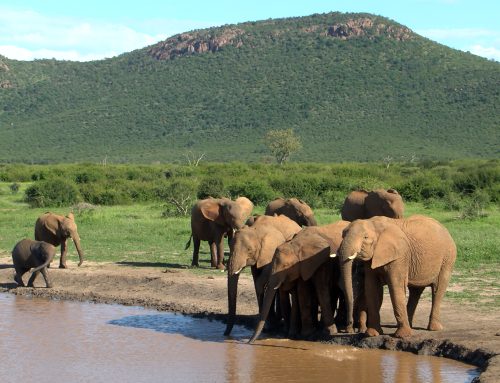
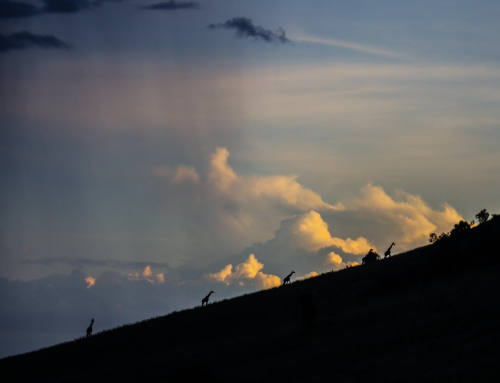
Graham – thank you so much for this long explanation. Finally, I begin to understand the enormity of this project. I was fortunate enough to have a crummy pair of 3D glasses at work when you broadcast the first show and it was amazing to watch. Looking forward to more wonderful broadcasts.